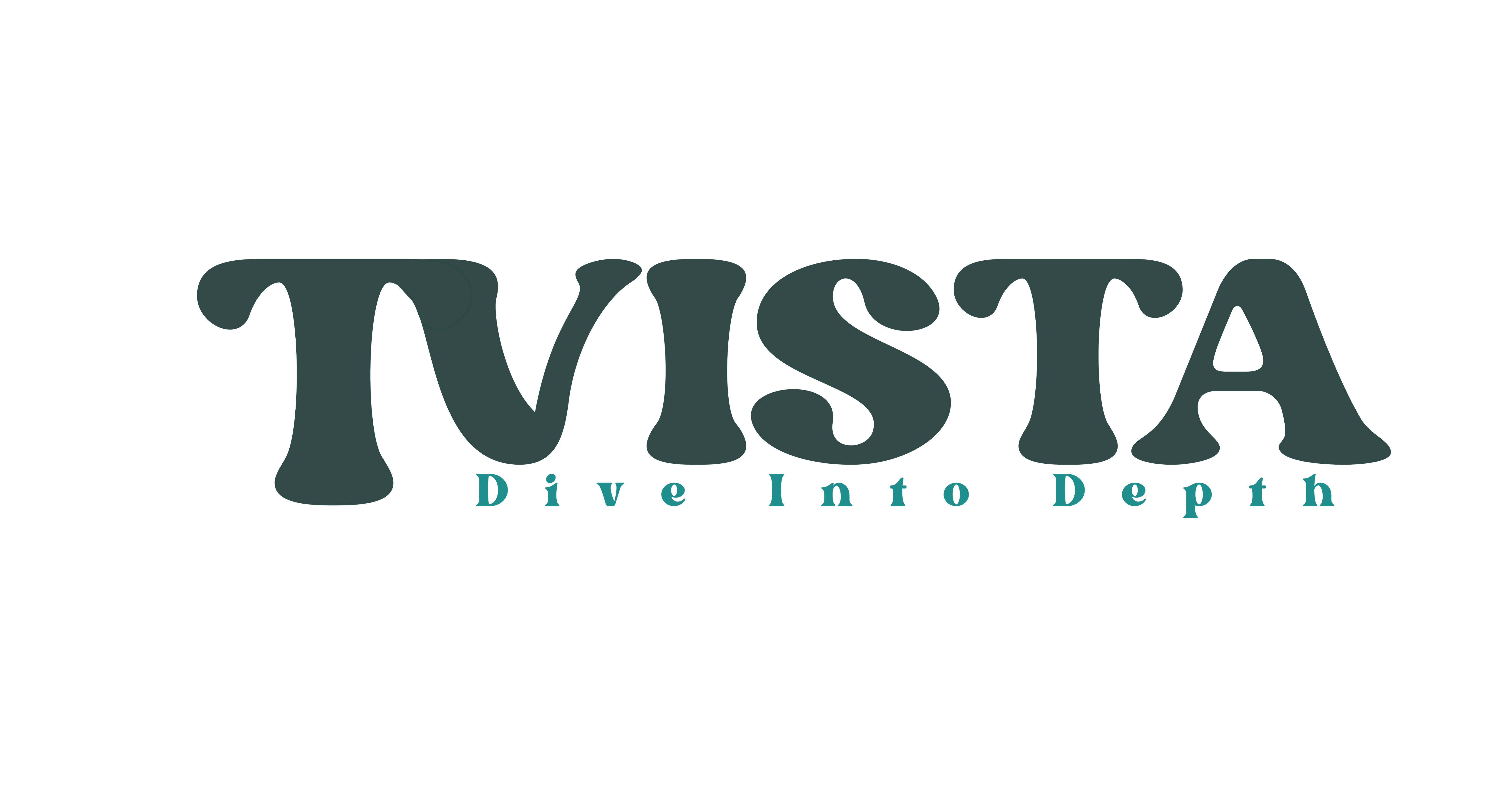
Lies are hard to hide. The truth always comes out sooner or later. But sometimes people lie to cope with difficult situations or to avoid consequences. It can be challenging for us to find the truth among the lies. But if we pay attention and watch someone speak, we can often tell if they are telling the truth or lying.
Facial expressions and body language are very important clues in this regard. We should look at their eyes, voice, and speech speed. Of course, we cannot label someone as a ‘liar’ based on one sign. Lies also have some characteristics that are natural for some people. So if we want to catch someone’s lie, we have to know them well first. If any of these traits are normal for them, then our doubt will be baseless.
Here are some common signs of lying that we can look for:
Inconsistency:
When someone tells a lie, they usually have to tell many more lies afterwards to cover it up. It is not easy to make a consistent story with lies. Because they have gaps and contradictions inside. It is hard to link one lie with another. That is why there are many inconsistencies in lies. We should pay attention to the words. We should also look at the face, body, and voice of the speaker. Some people may hide their nervousness by putting their hands behind them. Some may reduce their body movements. Depending on caution, they may curl up their hands and feet when lying.
Facial expressions:
Someone may be lying to us with a smile on their face. They will try to hide their anxiety about their lies. But the reality is, mental stress can affect their face. Their cheeks may turn red . Also, there may be subtle facial expressions between their smiles. These can reveal the inconsistency if we pay close attention. When someone lies, their mind goes through various thoughts at the same time. That means their brain works more than usual. As a result, some people’s noses may swell, while others may bite their lips.
Eyes:
A liar may not be able to look at our eyes normally. When lying, some people blink their eyes in an unnatural way. Some may also avoid eye contact or look away frequently. Some may stare at us too much to appear confident, but their pupils may dilate due to stress.
Smile:
A smile is not just a facial expression. The eyes also smile. When someone laughs and talks, we should notice if their eyes are smiling or not. Catching a forced smile caused by fear, anger, or irritation is easy. A genuine smile involves the whole face, especially the muscles around the eyes.
Speech and breathing:
When someone talks, we should pay attention to their voice and speech speed. We should also notice their breathing. When lying, these things may change a little bit. Some people breathe heavily, some talk fast. For some people, the opposite may happen. They may pause a lot, clear their throat, or stutter. Their voice may also become higher or lower than usual.
Reaction to questions:
We should notice if someone is acting unnaturally. They may be answering simple and normal questions. When lying, many people stumble when answering questions. They may repeat the question, give vague or irrelevant answers, or change the subject. They may also become defensive or aggressive, or try to turn the tables on us.
Some more tips to detect lies are:
- Ask for details. Liars struggle to remember or invent them. If we ask them to explain or repeat, we may find differences or hesitation.
- Use the surprise factor. Liars usually prepare their lies in advance and rehearse them. If we surprise them with an unexpected question or a different angle, we may catch them off guard. We'll expose their lies.
- Watch for micro-expressions. They are brief and involuntary facial expressions. They reveal someone’s true emotions. They are hard to control and can contradict someone’s words. For example, a flash of anger, fear, or contempt may indicate a lie.
- Trust your intuition. Sometimes, we may feel in our gut that someone is lying to us, even if we cannot say why. We base our intuition on our subconscious observations and experiences. It can be very accurate. We should not ignore it, but rather use it as a cue to investigate further.


